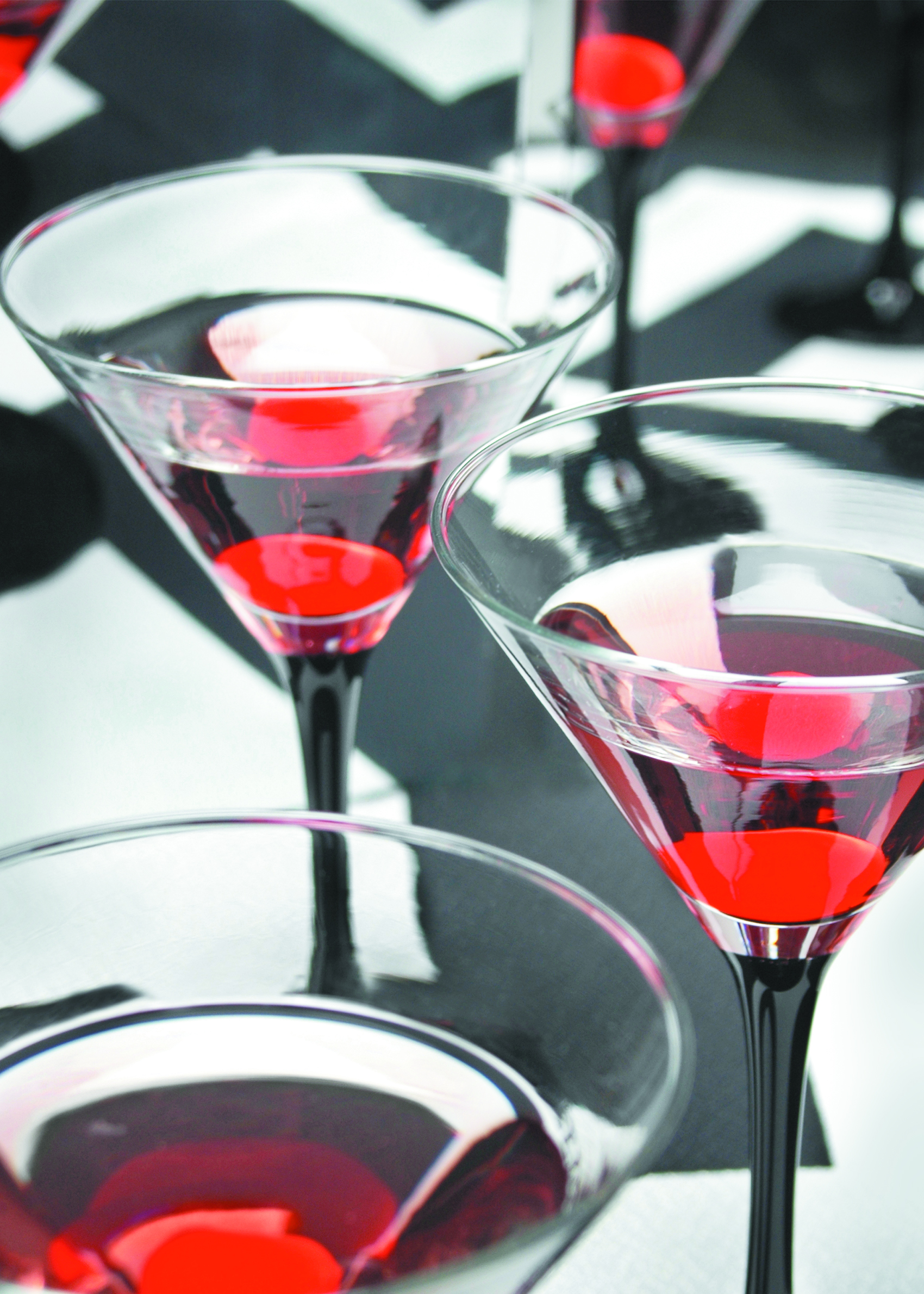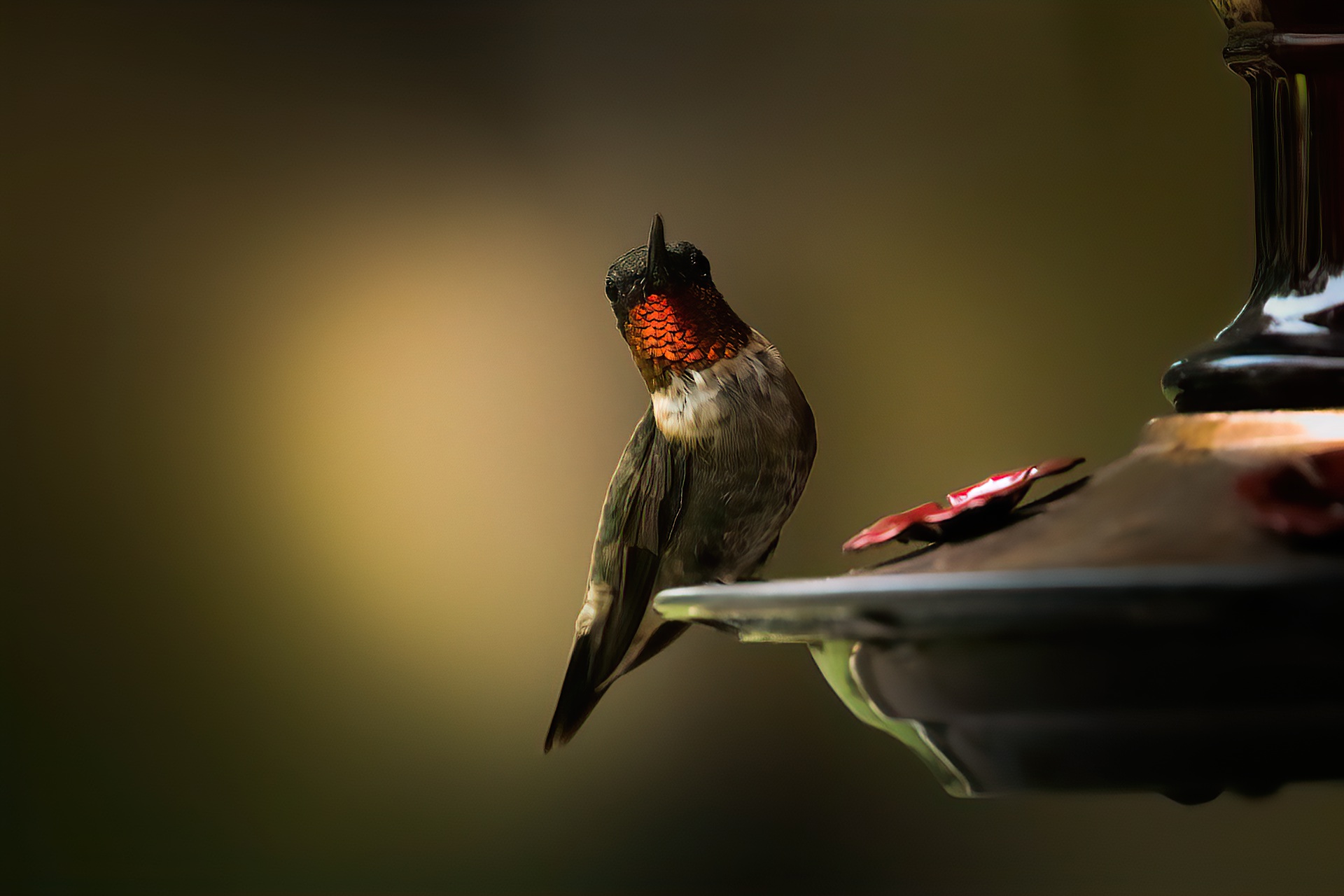Your loquacious lounge lizard of a liquor reporter recently went on one of those Internet dates with a hot-blooded Italian lady, so I made sure to make a good impression by ordering Italian wine with dinner.
As luck would have it, she was partial to Tuscan wines, and was so pleased with the selection that I had the opportunity to sample her biscottis at the end of the night.
For those not intimately familiar with Italian wines, Tuscany is one of Italy’s best-known wine regions.
The Tuscany wine region is on the western coast, bordered by the Tyrrhenian Sea, and includes seven coastal islands. Of the 20 recognized wine regions in Italy, Tuscany is the third-largest producer of DOC (Controlled Designation of Origin) wines, which command the highest prices on the world markets.
There are over 700 wineries in the Tuscany region, ranging from tiny plots that have been handed down within the same family for hundreds of years, to huge industrial wineries.
To even the playing field between the large and small vineyards, nearly all wine producers in Tuscany are members of a consortium, which polices all use of regional labeling and trademarks, and controls quality to ensure that the name is associated only with quality wines.
The Tuscany wine region has six sub-regions, including the famous Brunello and Chianti areas. The Sangiovese grape is the most widely planted in the region, and has been cultivated in the region since the 8th century. Many clones and offshoots of the Sangiovese grape varietal exist, Brunello being the most common example.
For those who find Italian wine labels confusing, the name on the label refers to the region, not the type of grape in the bottle.
For example, Chianti refers a village, not a grape varietal. The consumer is just expected to know that the village of Chianti grows mostly Sangiovese grapes, and that any bottles with a Chianti label are legally required to contain at least 80% Sangiovese.
This old-world snootiness in labeling puts off many North American wine drinkers, which is why the so-called New World wines are so popular, with their friendly labels that have Merlot or Chardonnay printed right on the front to avoid confusion.
Even the local wine growers of Tuscany found the strict legal requirements around labeling to be too restrictive, so the unofficial and unsanctioned category of Super Tuscans was born during the last days of disco in the late 1970s.
The Super Tuscan blends did away with the strict geographical restrictions on labeling, and allowed the winemakers to experiment with non-native grape varietals like Merlot and Cabernet Sauvignon.
The Super Tuscans exploded in popularity in the 1980s, and continue to command high prices today. There is still plenty of the Sangiovese grape varietal in the Super Tuscans, but Bordeaux-style varietals like Cabernet Franc or Syrah are blended with the Sangiovese for a more balanced wine.
The Sangiovese grape is slow to ripen, so it requires a long and hot growing season. While the western coast of Italy offers the perfect climate, it has also been planted with some success in California and Australia. These New World plantings of Sangiovese exhibit markedly different flavours than the traditional Tuscan vineyards, largely due to differences in terroir.
Wines made from the Sangiovese grape tend to be medium-bodied with plenty of tannin structure, making them particularly good when paired with lasagna or spaghetti.
Your humble narrator does a lot of his wine drinking in dens of iniquity without full kitchens, so there is much imbibing sans victuals. When enjoying Tuscan wines on their own, you will commonly find them to have overtones of red cherries and other ripe fruits, followed by spicy cinnamon or peppery hints on the finish.
Prices for Tuscan wines will vary from plonk table wine that can be had for under $15, all the way up to thousands of dollars for the most premium blends.
Luckily, most well-stocked booze merchant s in Alberta focus on the mass market, and have plenty of reasonably priced Tuscans that will only set you back around $25. The labels can be a bit confusing, so ask your friendly liquor seller for help if your eyes start to glaze over while wandering the aisles of your local liquor store.






